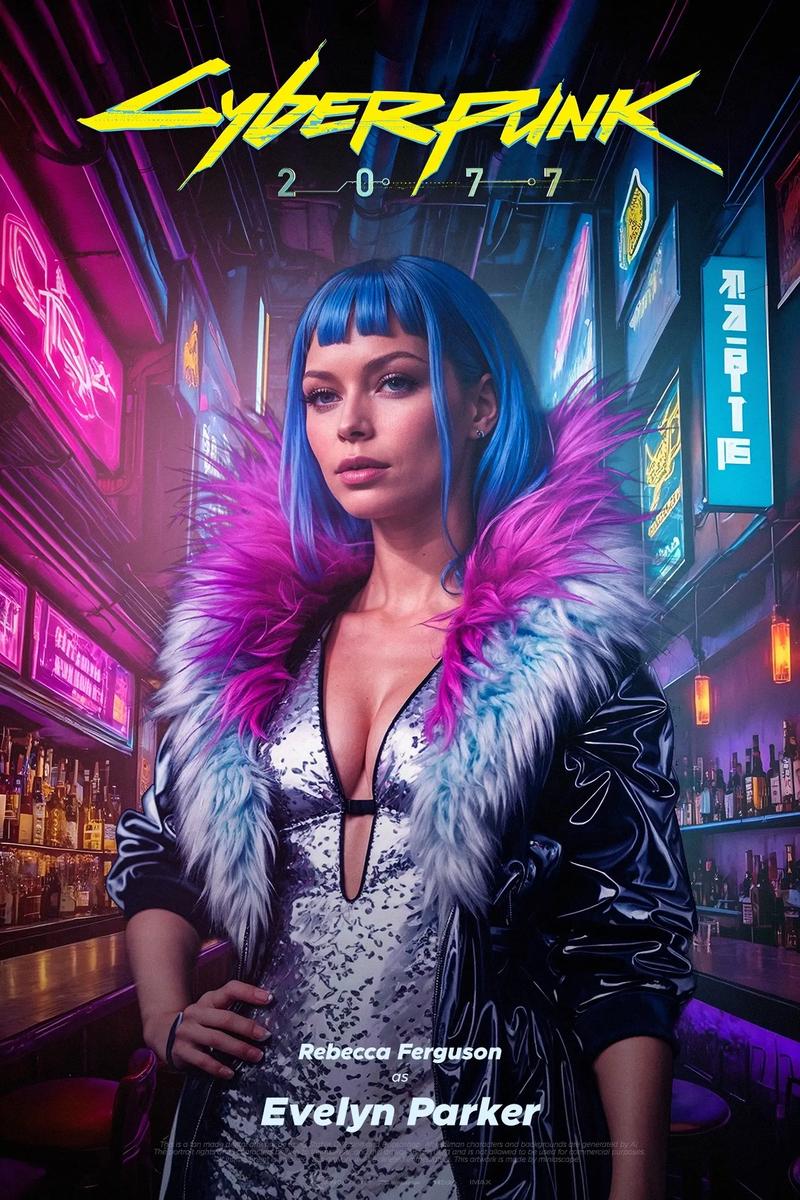Of all the elements that define a video game, few are as subliminally powerful as its musical score. It is the unseen character, the emotional compass, and the atmospheric anchor. For Dying Light 2 Stay Human, a game built upon the dual pillars of fluid, high-stakes parkour and world-altering narrative choices, the score had an immense burden to bear. It needed to be more than just accompaniment; it needed to be a dynamic, reactive entity that could seamlessly transition from the heart-pounding terror of a nocturnal chase to the melancholic reflection of a civilization in decay. Composer Olivier Derivière’s masterful work doesn’t just meet this challenge—it becomes the very soul of the experience, intricately weaving the themes of parkour and choice into its sonic fabric.
The most immediate and visceral relationship between the score and gameplay is found in the parkour. The free-running in Dying Light 2 is a language of motion, a rhythmic dance across the decaying urban landscape. Derivière’s genius lies in his creation of a score that learns this language and speaks it fluently. Instead of a traditional, linear soundtrack, the music is built on an interactive system that responds directly to the player’s actions and proficiency.

As players traverse the City, the music evolves. A simple, ambient soundscape of distant echoes and wistful melodies underpins cautious exploration. But the moment a player initiates a complex chain of moves—a leap, a wall-run, a tic-tac, and a grapple—the score responds in kind. Percussive elements kick in, syncing with the protagonist, Aiden Caldwell’s, footsteps and landings. The tempo increases, layers of driving synths and aggressive string sections build upon one another, creating a propulsive, rhythmic engine that mirrors the flow of movement. This isn’t music playing over the parkour; it is music generated by it. The player becomes the conductor of their own adrenaline symphony. The better and more fluid the parkour, the more complex and intense the musical reward. This creates an incredible feedback loop where the music motivates more daring acrobatics, which in turn fuels the soundtrack to greater heights, making the act of movement itself feel profoundly cinematic and empowering.
This system reaches its apex during the game’s most iconic gameplay loop: the transition from day to night. The score is the primary tool in selling this radical tonal shift. Daylight music, while often tense, carries elements of hope, with human voices and more traditional instrumentation hinting at the lingering embers of society. But as the sun dips below the horizon, the music undergoes a terrifying metamorphosis.
The night belongs to the Volatiles, and the score makes their presence felt long before they are seen. The ambient tracks dissolve into a dissonant soundscape of anxiety—a low, pervasive hum, unsettling biological noises, and unnerving string glissandos that feel like a fraying nerve. This is the music of primal fear. However, when pursuit begins, the score shifts gears into a state of pure, unadulterated panic. Derivière employs a technique using a unique instrument called the "Carnyx," an ancient Celtic war trumpet, whose terrifying, raw blare is used to signify the call of the Volatiles. This sound cuts through the mix, a non-musical, animalistic scream that triggers a deep, instinctual flight response. The parkour music from the day is now twisted into a frantic, percussive survival anthem. The rhythm is no longer about flow but about desperate, staccato escapes—the sound of a heart pounding in a chest, synced perfectly with the player’s own racing pulse. The music here is not just background; it is the voice of the night itself, a relentless predator herding the player through the darkness.
Beyond the physical realm of parkour, the score delves deep into the psychological weight of the game’s narrative choices. Dying Light 2 is a game about decisions with permanent consequences, often forcing players to choose between two factions, the Peacekeepers or the Survivors, or to make difficult moral sacrifices. The score brilliantly reflects the gravity and emotional resonance of these moments.
Derivière moved away from a traditional thematic approach (e.g., a single hero’s melody) and instead crafted a score based on textures and emotions. Key narrative moments are underscored with music that feels deeply personal and introspective. When Aiden is confronted with a monumental choice, the music often strips down to its bare components: a solitary piano, a haunting vocal solo, or a melancholic cello line. This minimalism forces the player to sit with the decision, to feel its weight without the distraction of epic orchestration.
Furthermore, the music internalizes the consequences. After a major choice is made, the score often reflects the new state of the world. Aligning with the authoritarian Peacekeepers might be accompanied by more rigid, militaristic percussion and ordered brass sections, claiming a new territory. Siding with the anarchic Survivors might bring a more hopeful, yet fragile, melody carried by human voices, representing reclaimed freedom. The score becomes a barometer for the health of the city and the state of Aiden’s own soul, often scarred and conflicted by his actions. It doesn’t judge the choices but articulates their emotional cost and the new reality they create.
In Dying Light 2 Stay Human, the score is the indispensable thread that ties the entire experience together. It is the pulse of the parkour, the breath of the night, and the conscience of the narrative. Olivier Derivière’s interactive and emotionally intelligent composition ensures that the music is never a passive listener. It is an active, dynamic participant in the journey. It elevates the parkour from a mere mechanic to an art form, and it imbues every choice with a profound sonic and emotional resonance. The score of Dying Light 2 doesn’t just accompany the action; it completes it, making the player’s journey through the harrowing, beautiful ruins of Villedor an unforgettable symphony of light, darkness, and the choices that dance between them.














